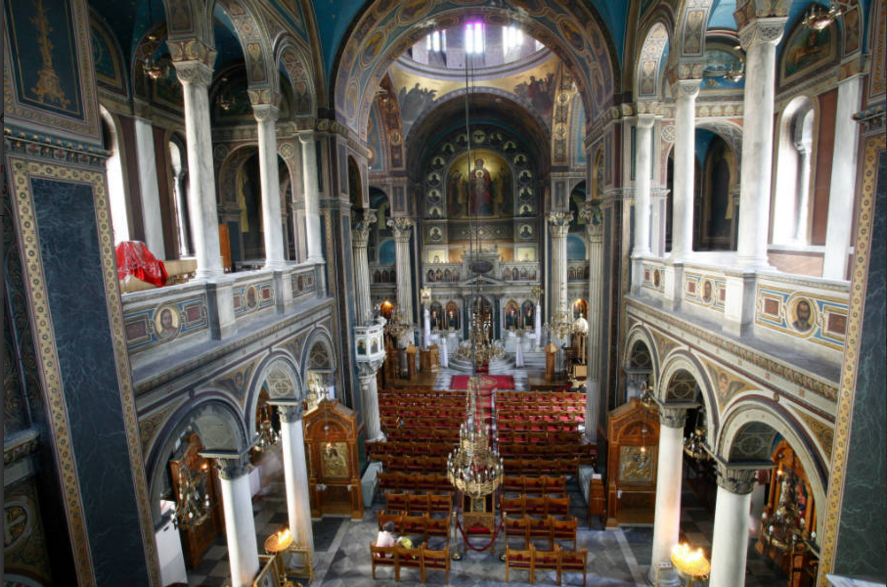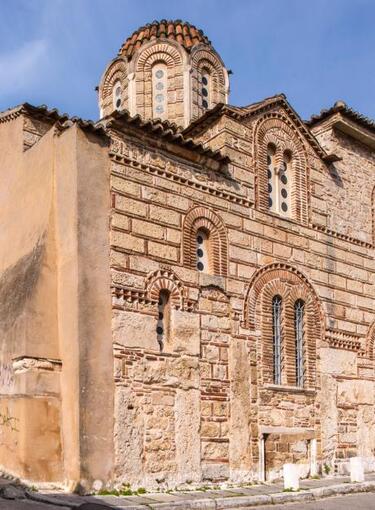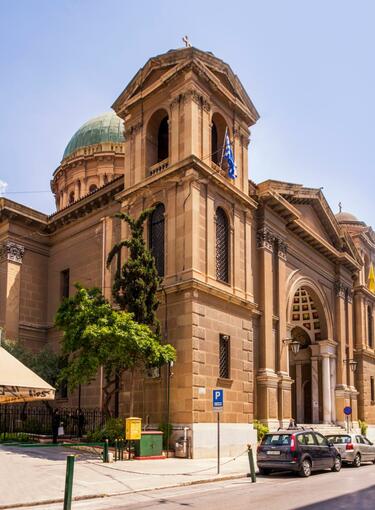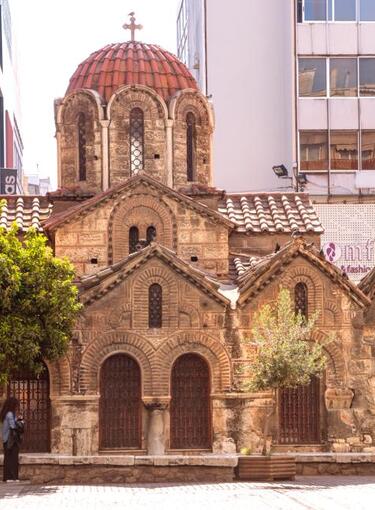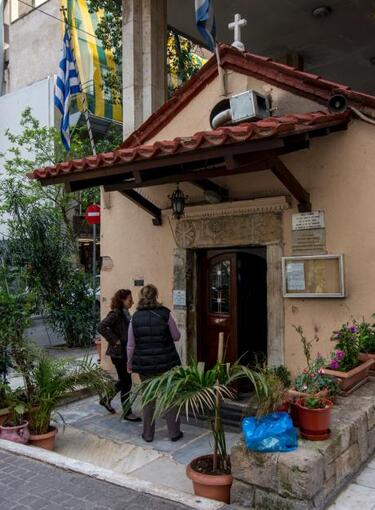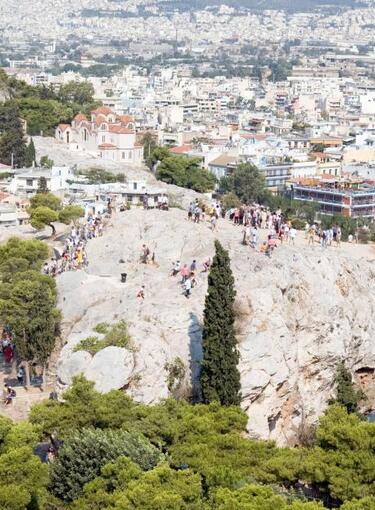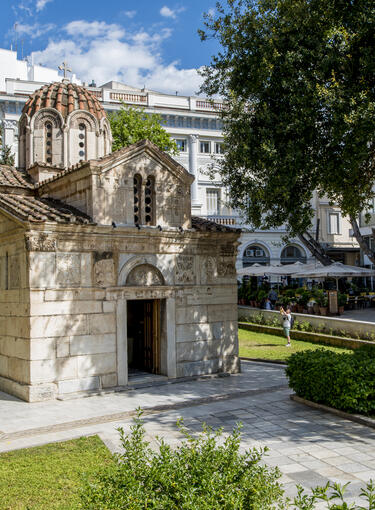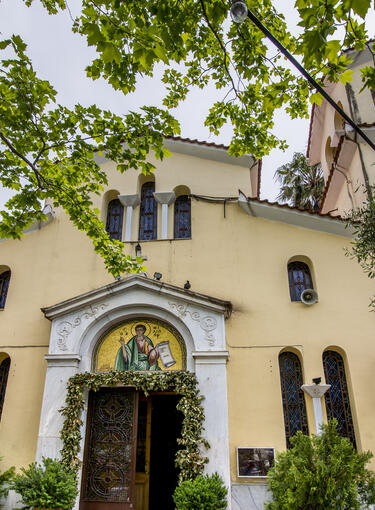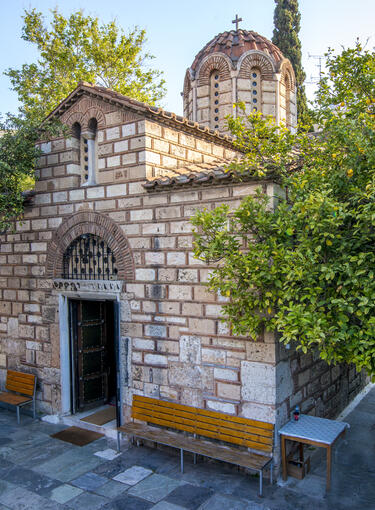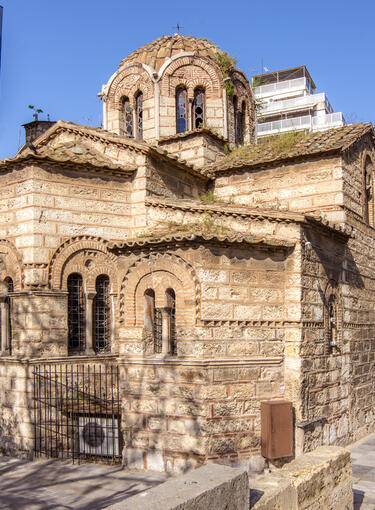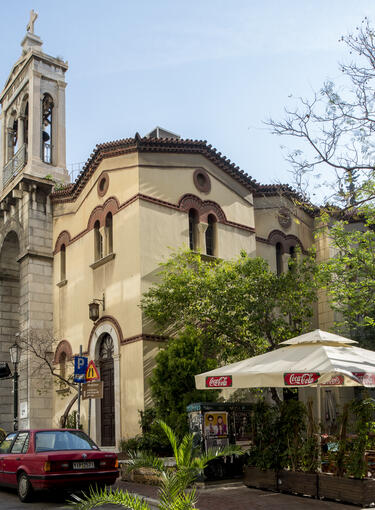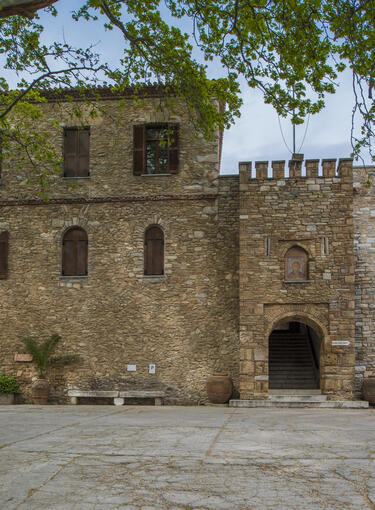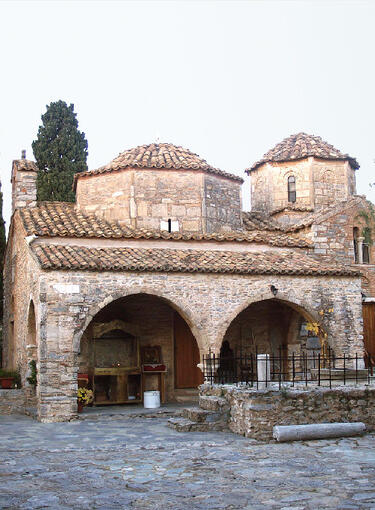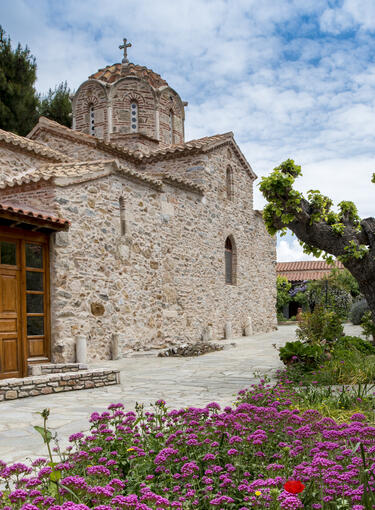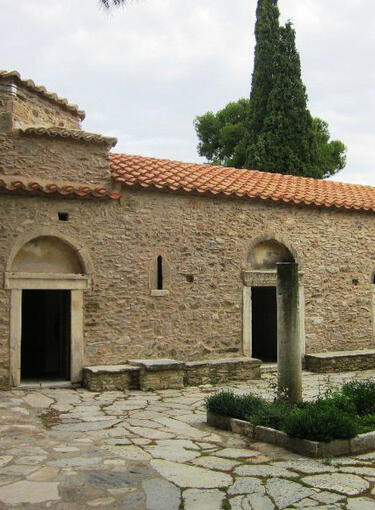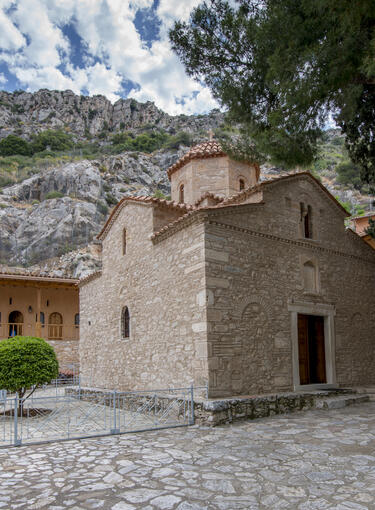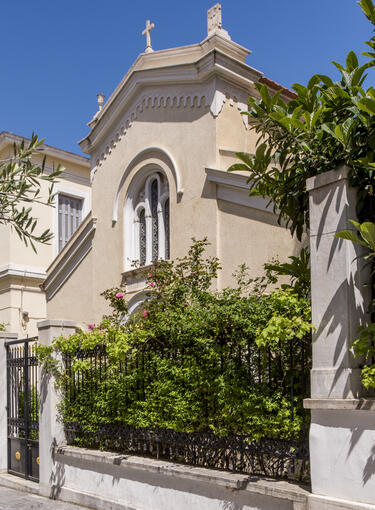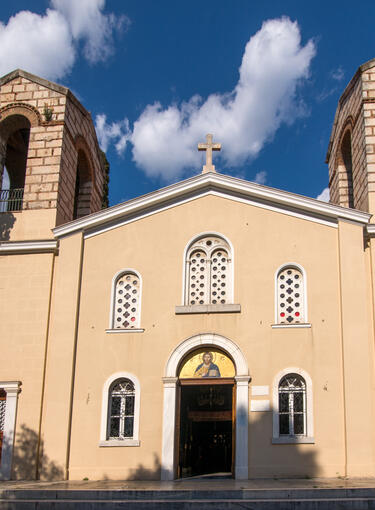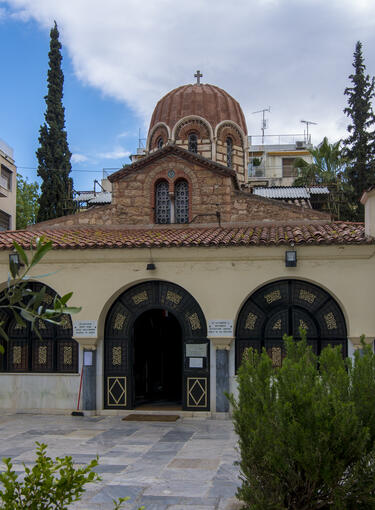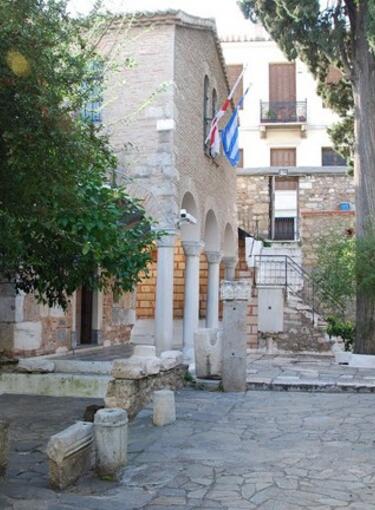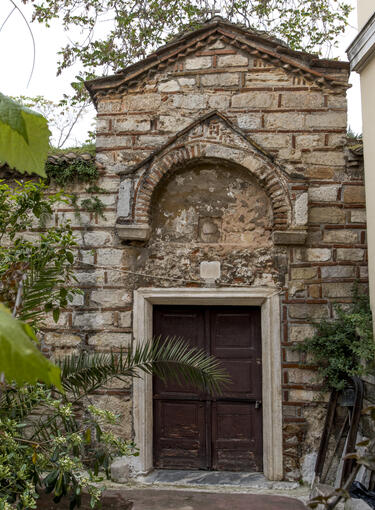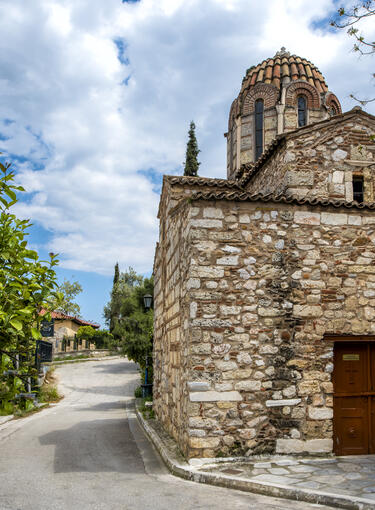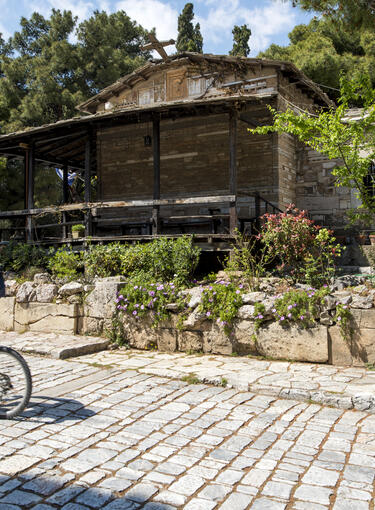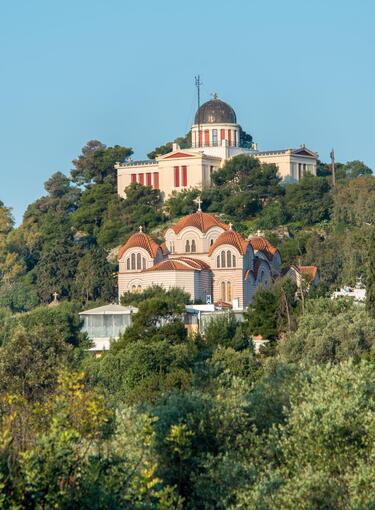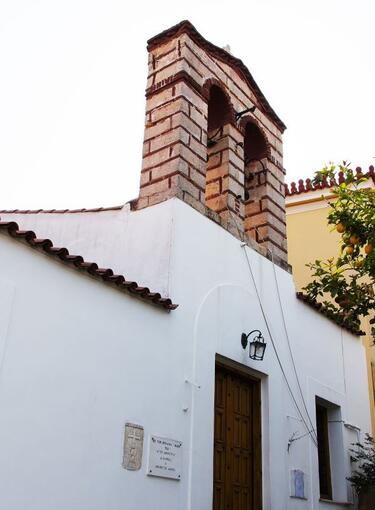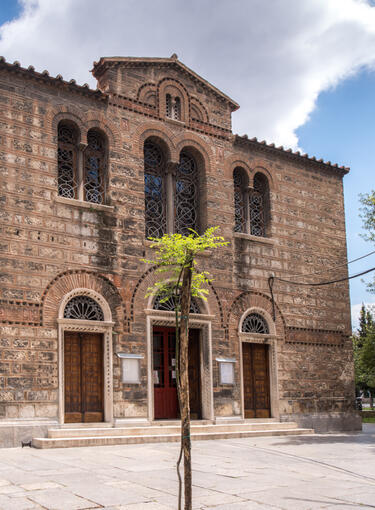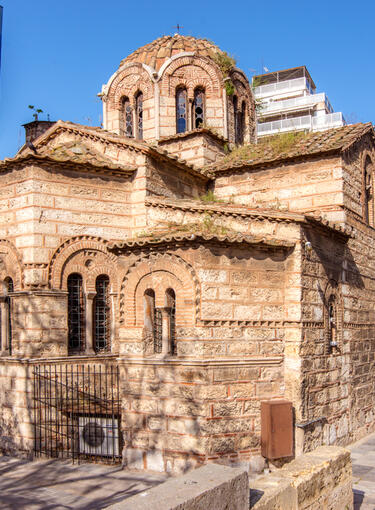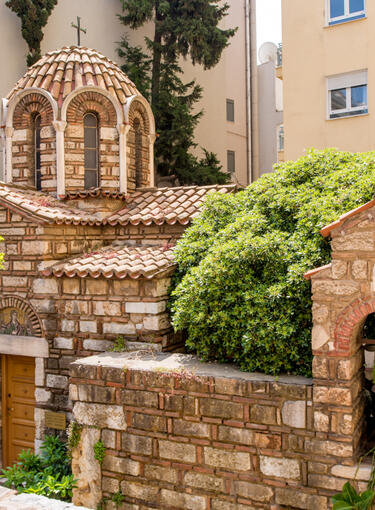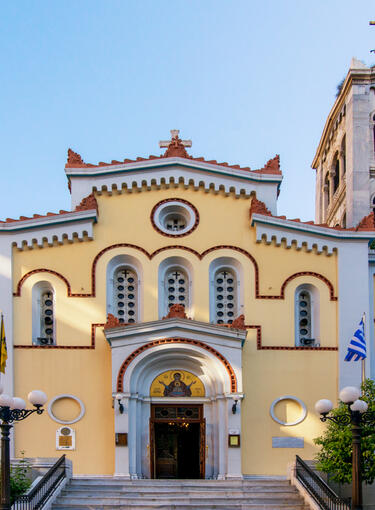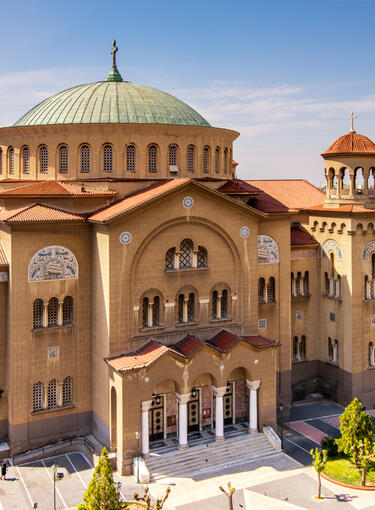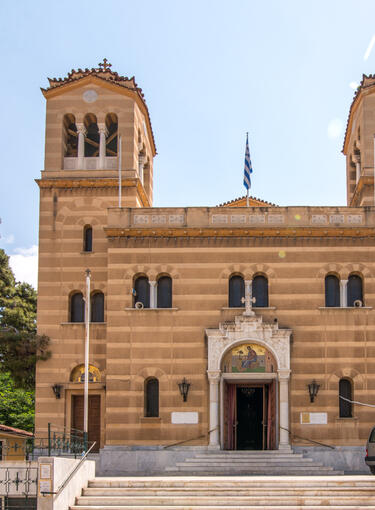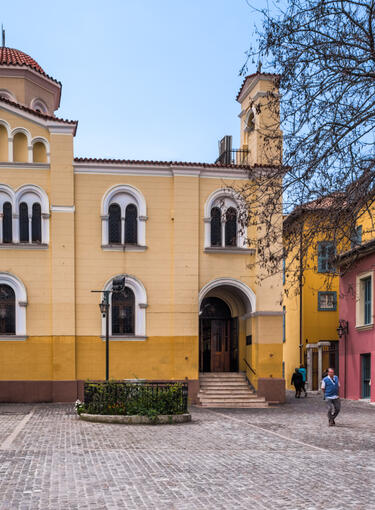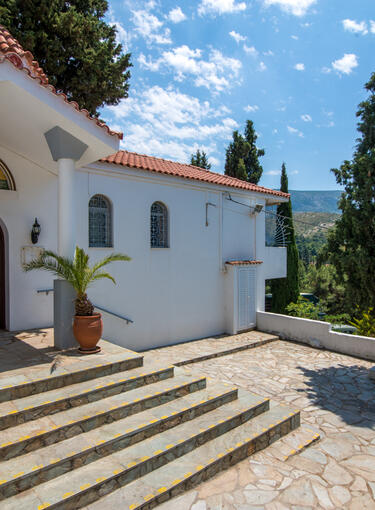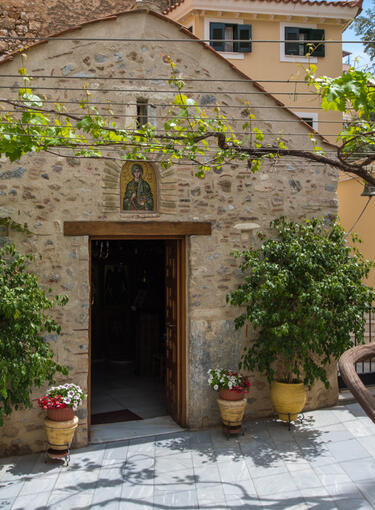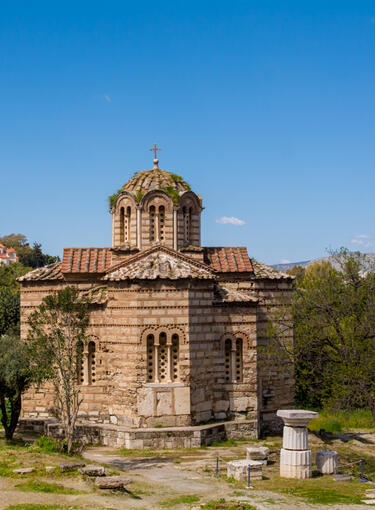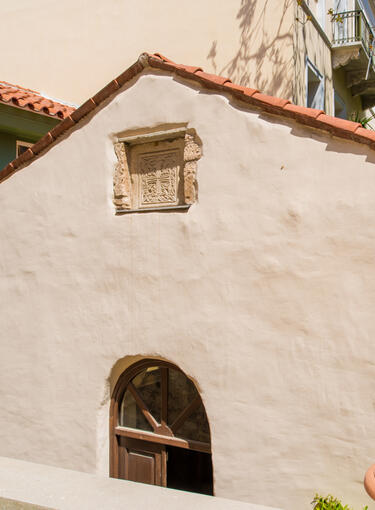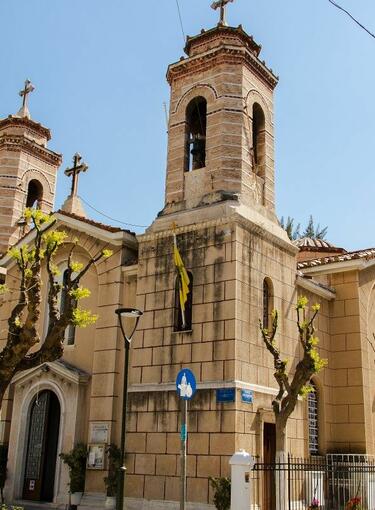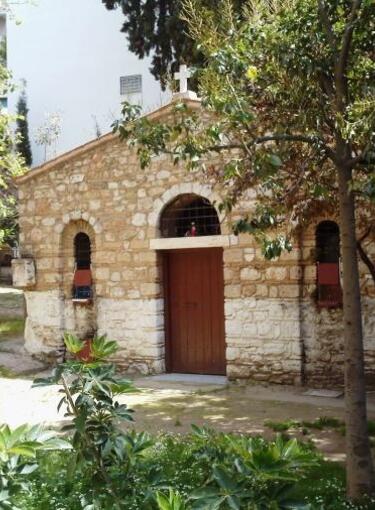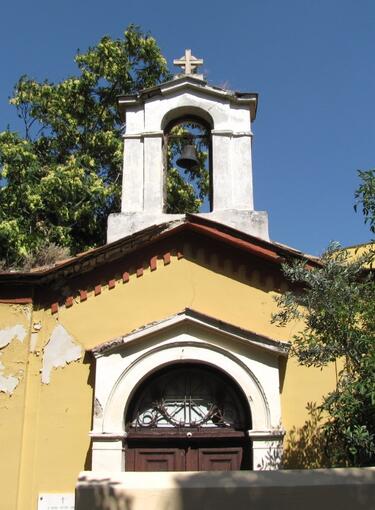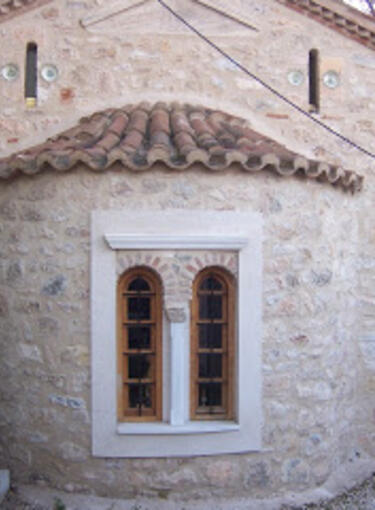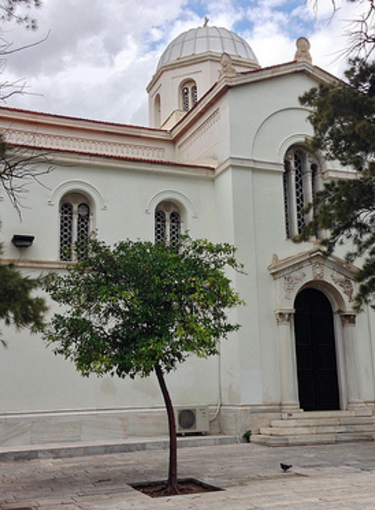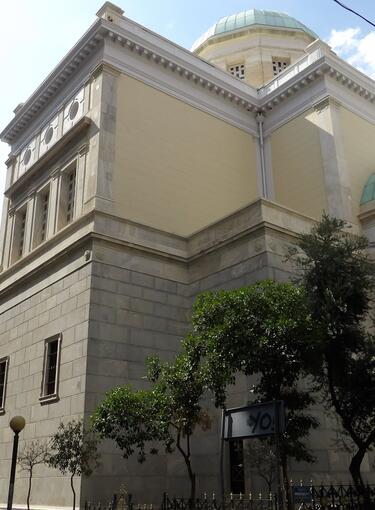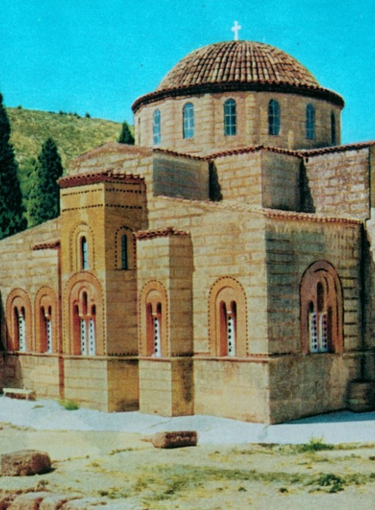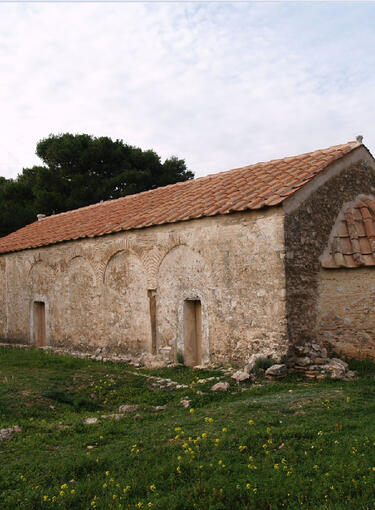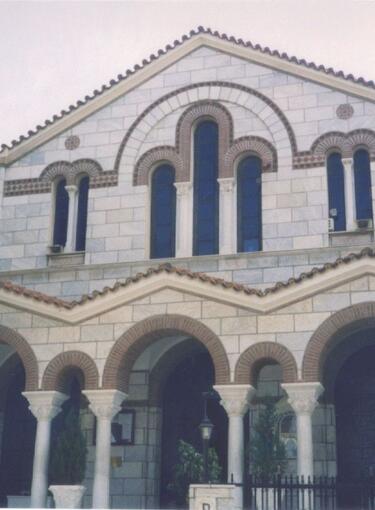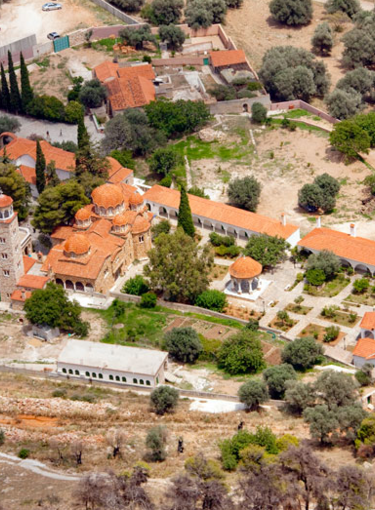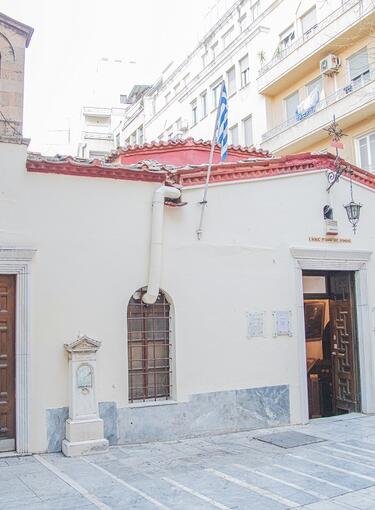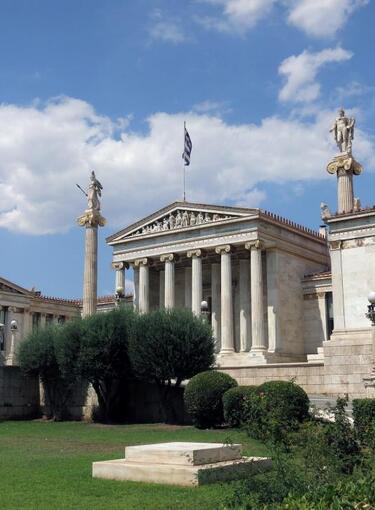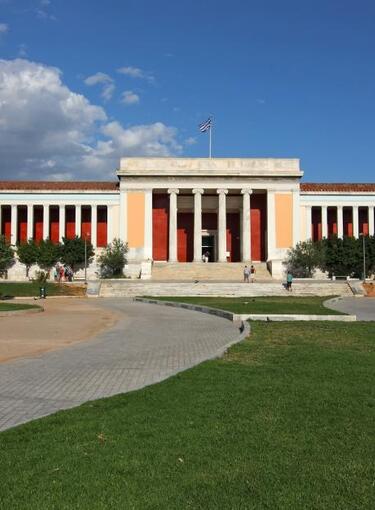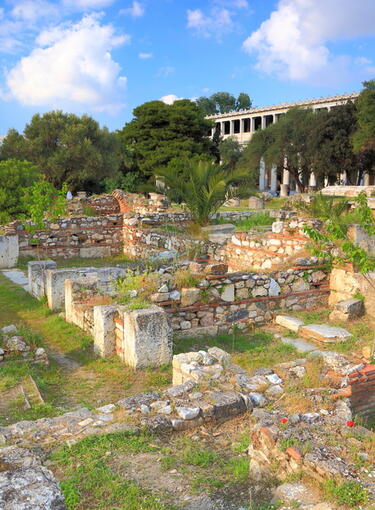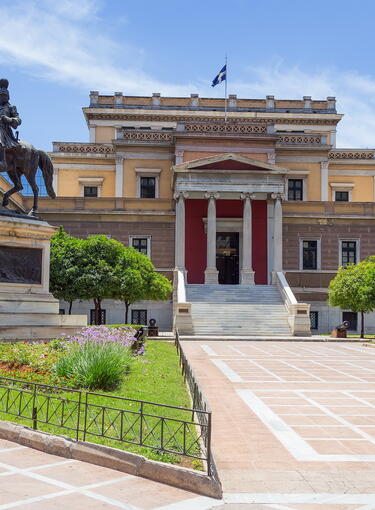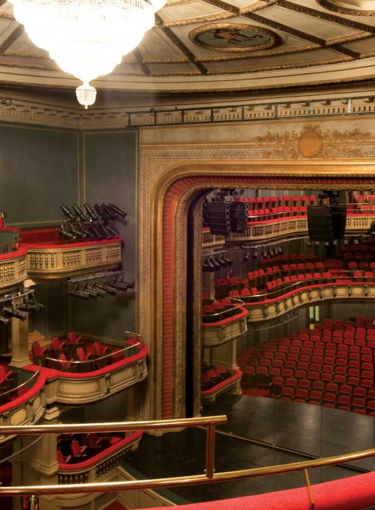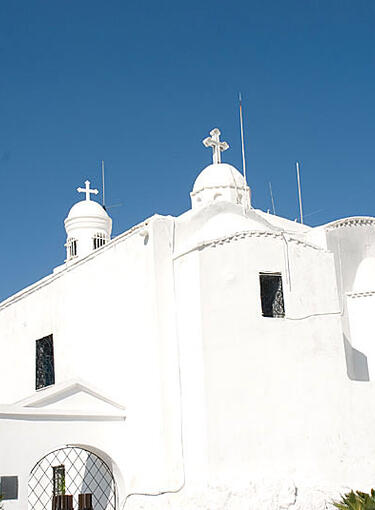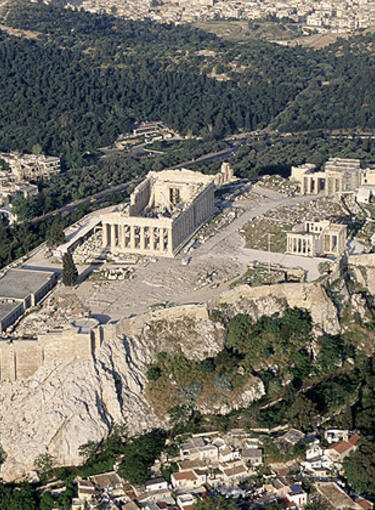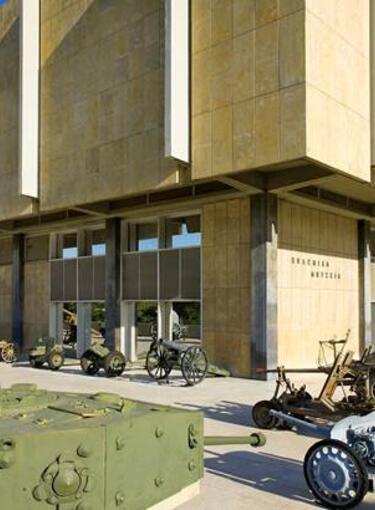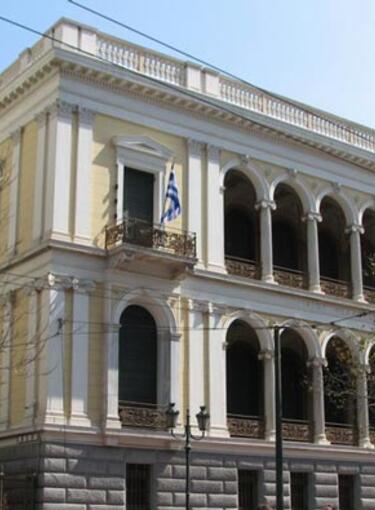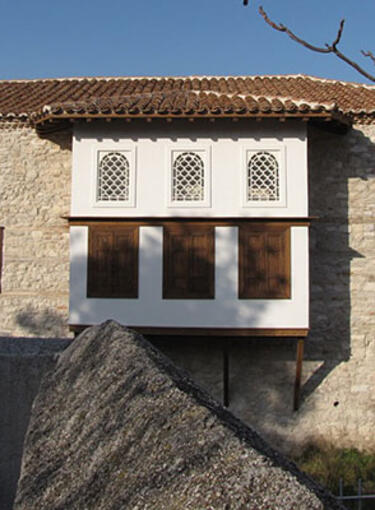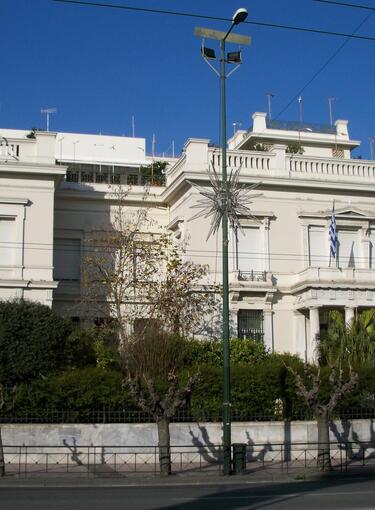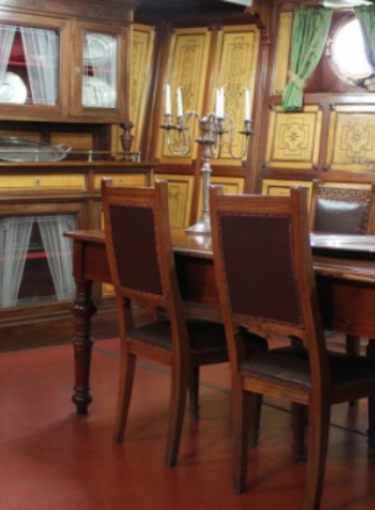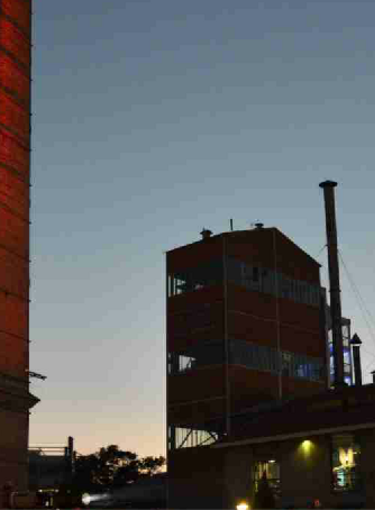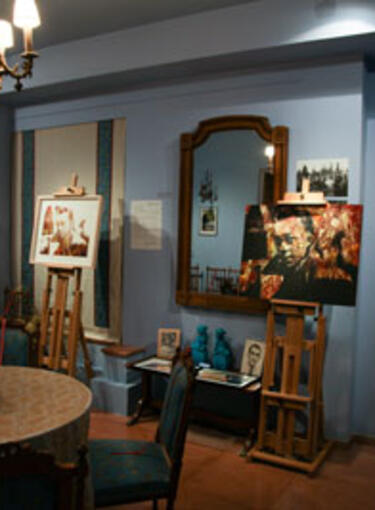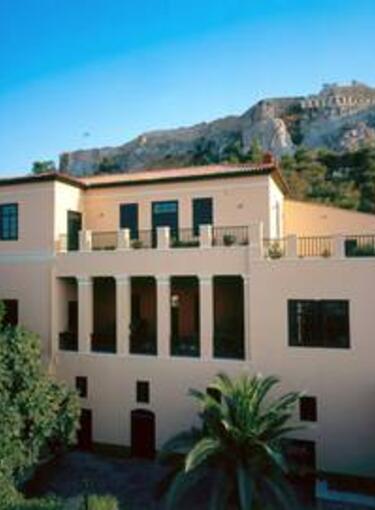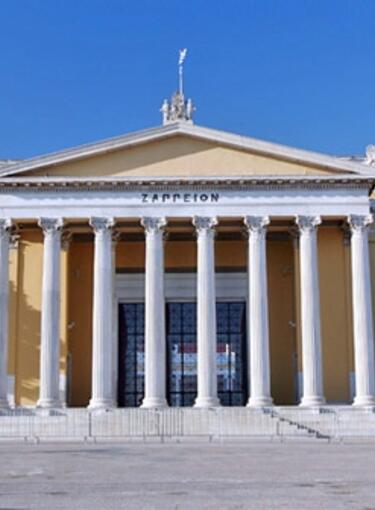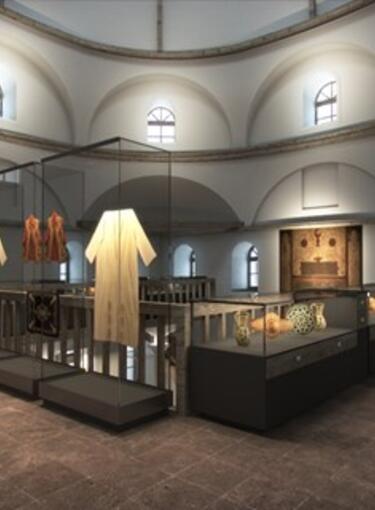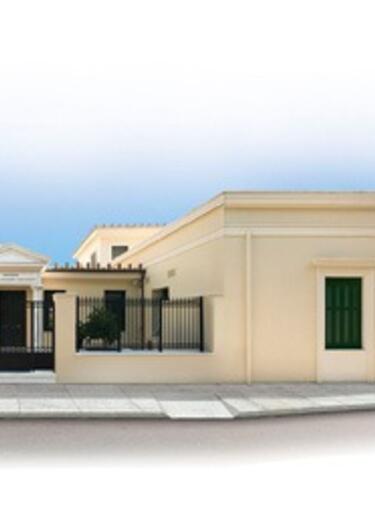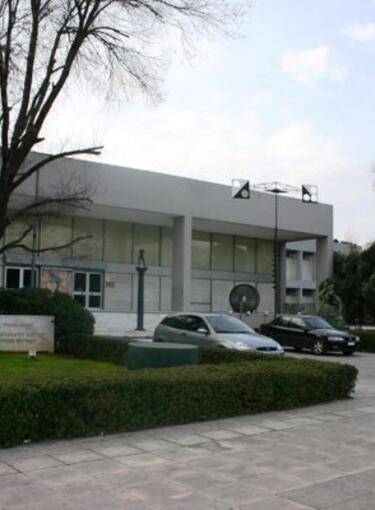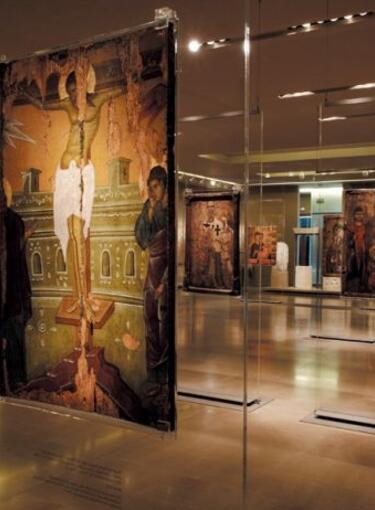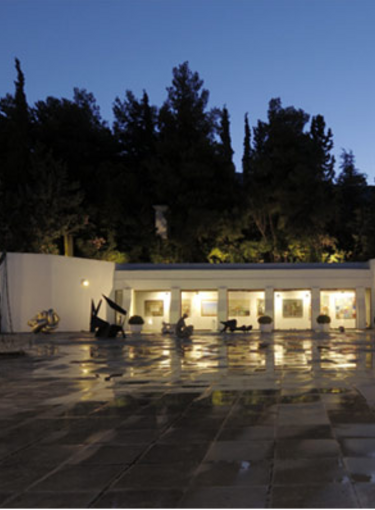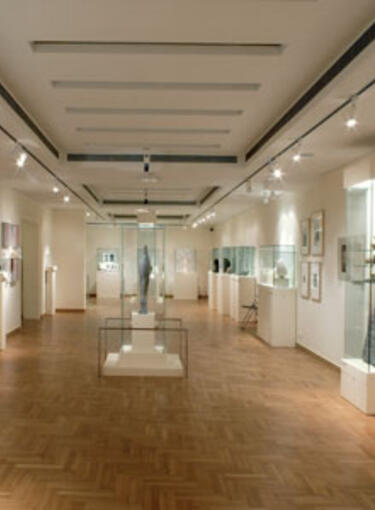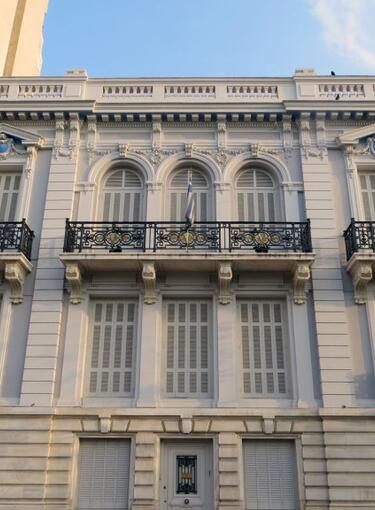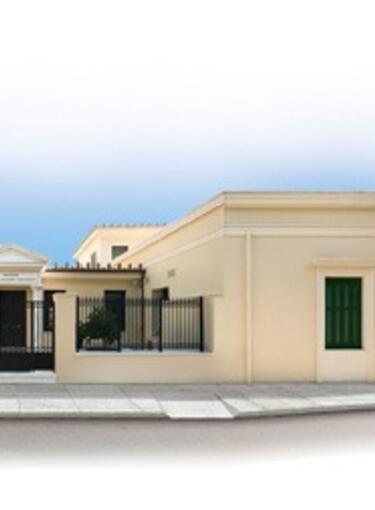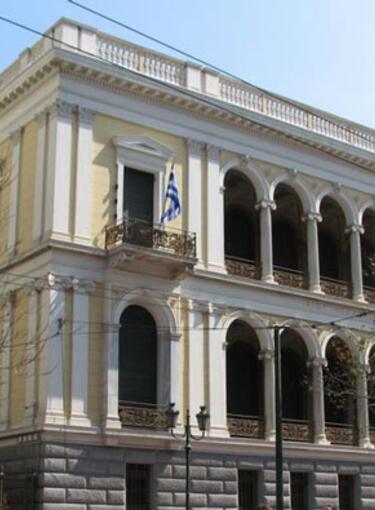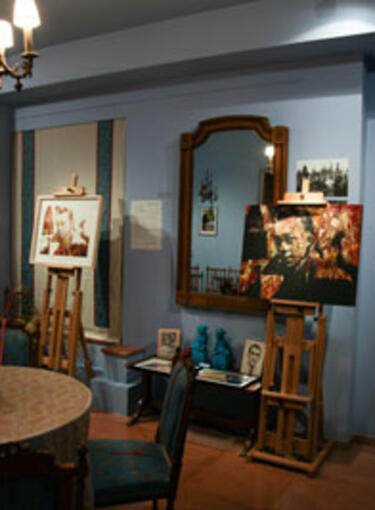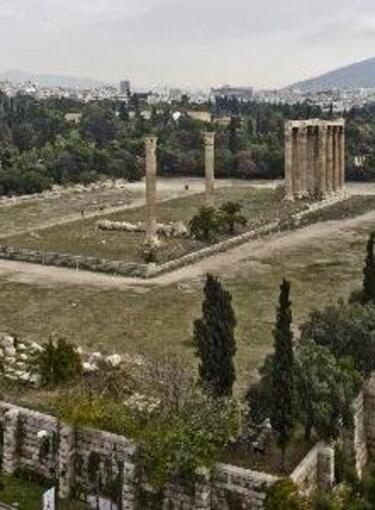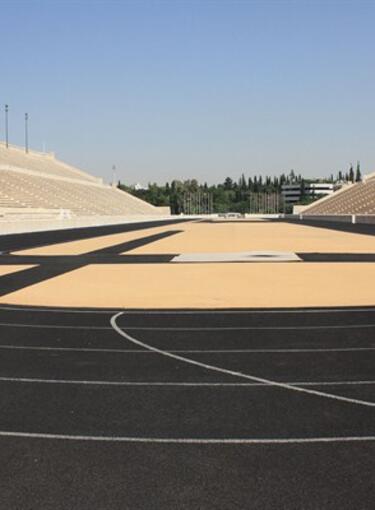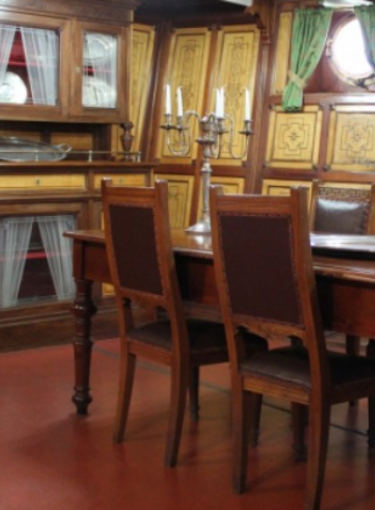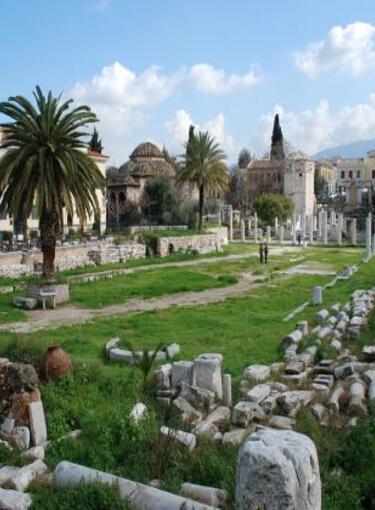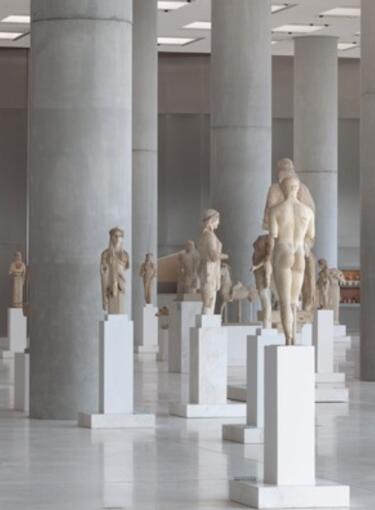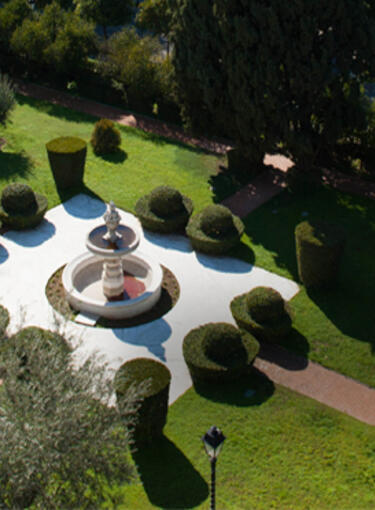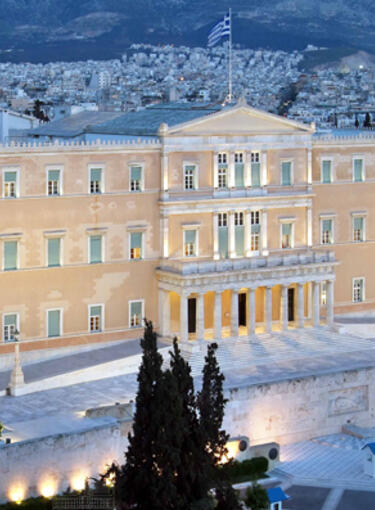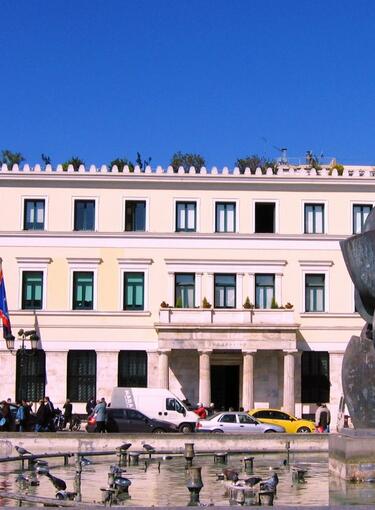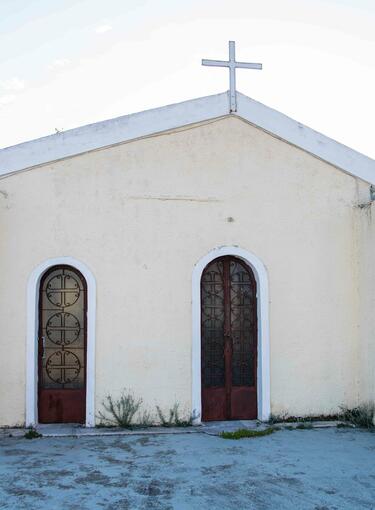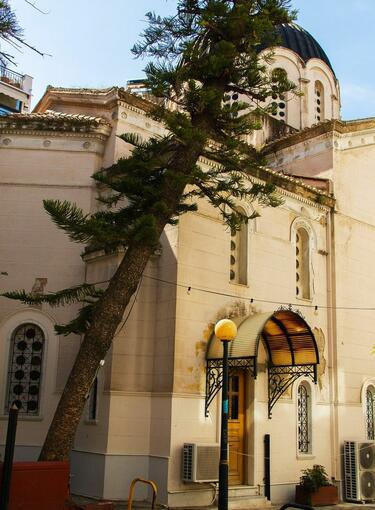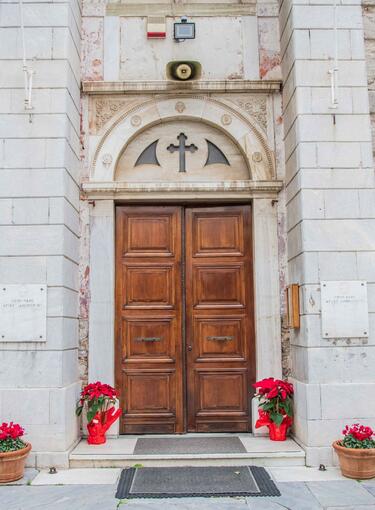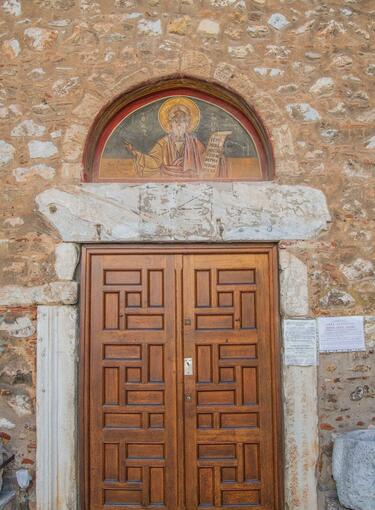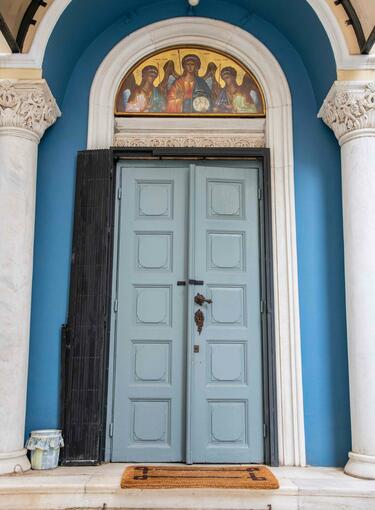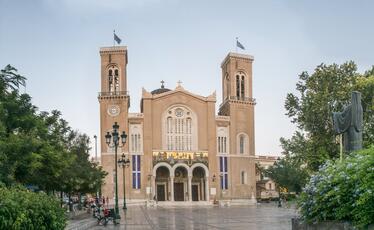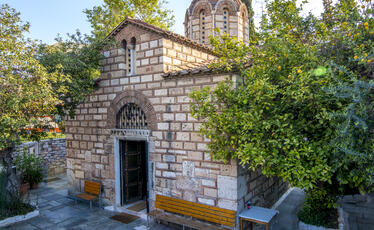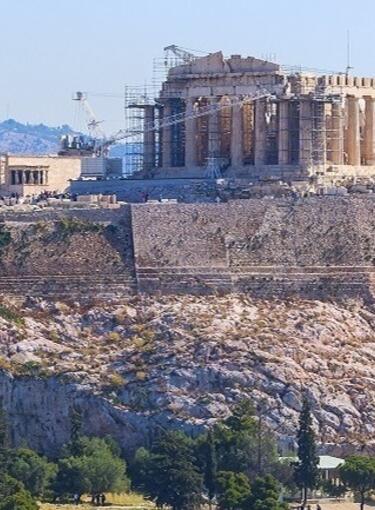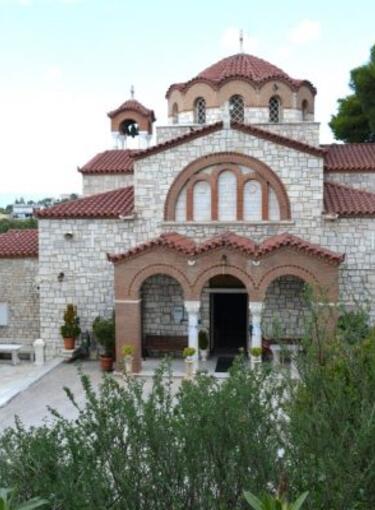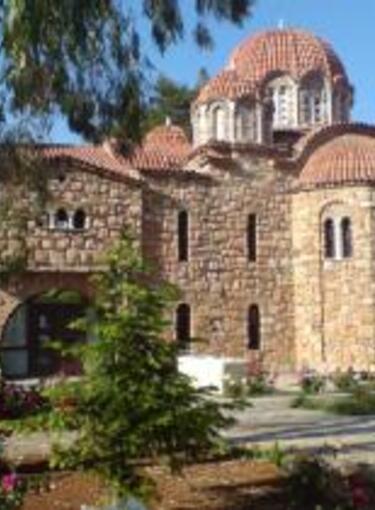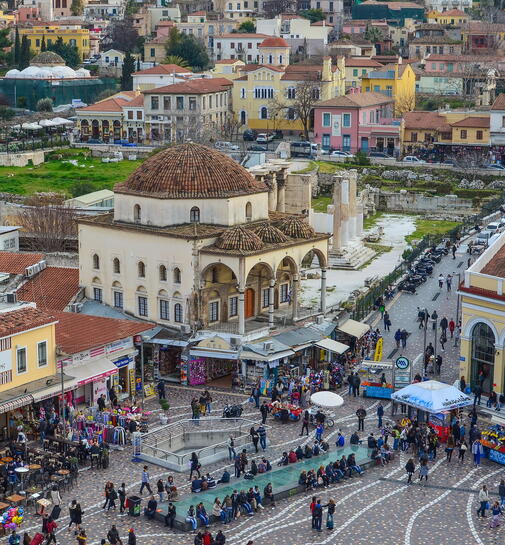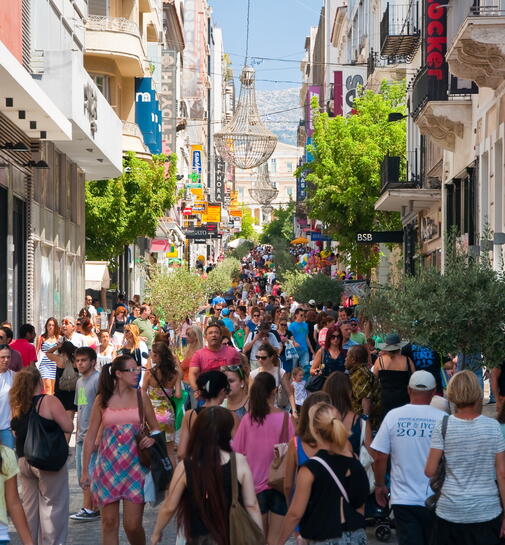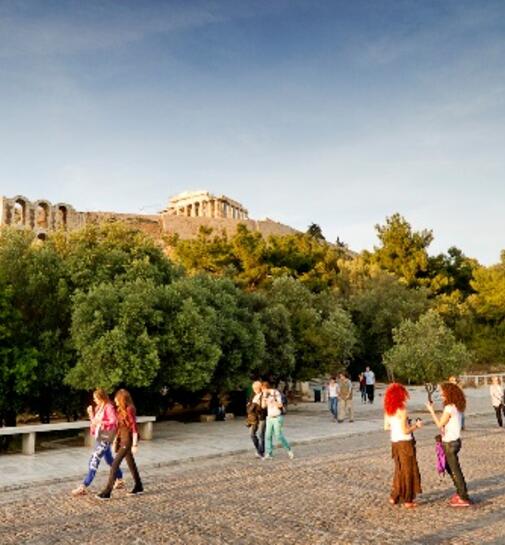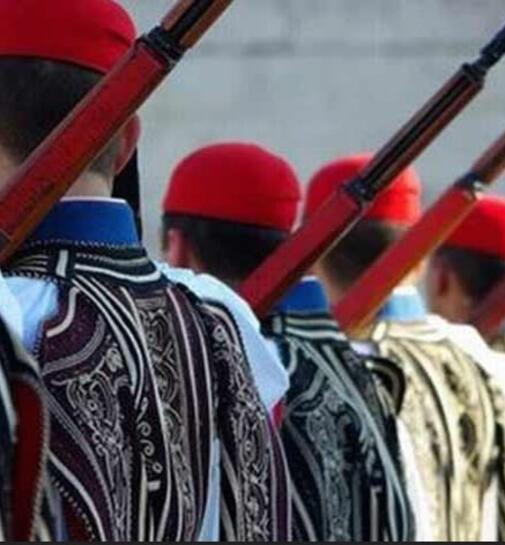Historic Temples
In the heart of the historical commercial centre of Athens, at Aiolou street, is the church of Panagia Chrisospiliotissa, one of the most well-known churches of the city. It is dedicated to the Dormition of the Virgin Mary and its name come either from the contribution of the Monastery of Mega Spileo in its construction or by the icon of the Virgin Mary, which was a replica of the monastery’s icon.
The first church, a basilica built in 1705, was destroyed during the siege of the Acropolis by Kütahı in 1826. In 1832 the erection of a new church began, which proved to be small for the needs of that area. In 1846 the residents, wishing to construct a larger church, bought the nearby building plots and made efforts to find the necessary funds.
The plans of church were made by the famous architect Dimitrios Zezos, who is considered the person who introduced the “Greek-Byzantine” architectural style. The foundations of the church took place in 1863 while its construction was completed several years later, in 1892, due to the enormous cost, for that time, which was mainly covered by fund raises among the faithful. Since Zezos had died before the beginning of its construction, two great architects supervises the works, initially Panagis Kalkos and then Ernst Ziller, who probably designed the screen as well, while the dome was the work of the architect Dimitrios Soutsos, who was mayor of Athens.
The church is a three-aisled basilica with elaborate octagonal steeples at the narthex. It is a characteristic example of the eclecticism style that was dominant in the 19th century and combined neoclassical with Byzantine elements. The meticulous cloisonne masonry and the double-light windows are combined with antefixes and marble decorations. The church’s interior decoration was completed in 1892 and was made by famous artists of that period. The church celebrates on August 15th.
Church of Virgin Mary Chrysospileotissa, Eolou Str.
Splendorous, imposing, majestic, the church of Virgin Mary Chrysospileotissa, passed through various calamities, experienced changes and managed remain standing until today at the historical center of the city of Athens, at no. 60, Eolou Str.
The history of the church begins in the years of the Ottoman Rule, when in 1705 the first church, of small dimensions, dedicated to Virgin Mary was constructed. In the era of the Greek Revolution, and in particular in 1827, during the siege of Athens by Kütahi, the church suffered inestimable damage. After the establishment of the Greek state, it was repaired and was able to operate again in 1835. However, its small space could not cover the needs of the faithful and in 1846 efforts for the construction of a third, larger this time, church commenced.
To this end, with the aid of Spyros Pavlidis – owner of the chocolate industry on Eolou Str. – land lots were purchased around the church, whose foundations were in turn laid in 1863. The plans of the new church were undertaken by the architect Dimitrios Zezos, while the construction works were supervised initially by Panagis Kalkos and subsequently by Ernest Ziller. From the older church was transferred also the icon of Virgin Mary named as Chrysospileotissa, a copy of the holy icon of the Monastery of the Big Cave of Mount Athos which is manufactured of wax-mastic and which also attributed the nickname to the church.
The eminent architect Zezos, designed a church in which Byzantine and ancient Greek elements were harmonically combined, while Panagis Kalkos added some neoclassical elements. Thus, one can observe the Byzantine isodomic cloisonne masonry and the two-light windows being combined in an elaborate manner with the neoclassical ceramic and marble decorative features. When the torch of the completion of the building passed on to Ernest Ziller, the latter altered the plans of the dome on the basis of his own standards. However, owing to reactions from the parish commissioners who asked for the initial dome of Zezos to be constructed, Ziller resigned. The completion of the dome was undertaken by the then Mayor of Athens and civil engineer Dimitrios Soutsos. Unfortunately, the end result does not show consistency with the residual building, resulting in the dome appearing rather inferior and tasteless in relation to the magnificent church.
It is a three-aisle domed basilica, on which loom elaborate bell towers with impressive domed roofs. The two bell towers, on either side of the narthex, are of marble, eight-sided, out of which the northern was added in 1888 and the southern in 1892. Exceptional is their building method with blocks aided by tiles.
Regarding the interior decoration, of immaculate aesthetics and the columns of the church with the elaborate Corinthian capitals. One is brought to aesthetic awe by the carved marble templon, which was designed by Ziller. The latter belongs to the category of the simple eclectic templons with the central part elevated. The internal view of the church is impressive, especially when one approaches the central transverse axis. The sight of the tall dome, the marble templon and the other marble architectural features compose a construction which is impressive and comfortable.
The interior space is particularly dark. As is the case with the ‘Helleno-Byzantine’ churches dark are also the side porticos which support the gallery. The feeling of the lack of adequate lighting is augmented also by the dark–coloured oil–colour murals.
In the conch of the sanctuary looms Virgin Mary Platytera. The depiction bears the signature of Karousos and dates back to 1971 (inscription bottom right: BY HAND OF DION. KAROUSOS [‘ΔΙΑ ΧΕΙΡΟΣ ΔΙΟΝ. ΚΑΡΟΥΣΟΥ’]). Perimetrically and on the face of the conch of the Sanctuary there are depicted in busts twelve prophets, the Holy Spirt and two Church Fathers. At the center of the dome looms Christ Pantokrator who is surrounded by four superimposed bands which depict an uncial inscription, palmettes, crosses, winged heads and the starry night. On the cylindrical body and between the windows the twelve Apostles are depicted.
A significant element of the interior mural decoration is the ornamentation, which was made by Vasilios Kottas and Antonios Pettas. The ornamentation is added harmoniously to the pictorial mural programme, thus contributing to the aesthetic homogeneity of the ensemble. A prevalent role in the ornamentation is played by the blue starry sky, which covers the apses and the cross-vaults.
Informations
Additional
Date:
1863-1892
Season:
Modern
Celebrates:
15 August
Holy Metropolis:
Archdiocese of Athens
Address:
Aiolou 60, Historical Centre 10560
Access:
Monastiraki Metro Station


